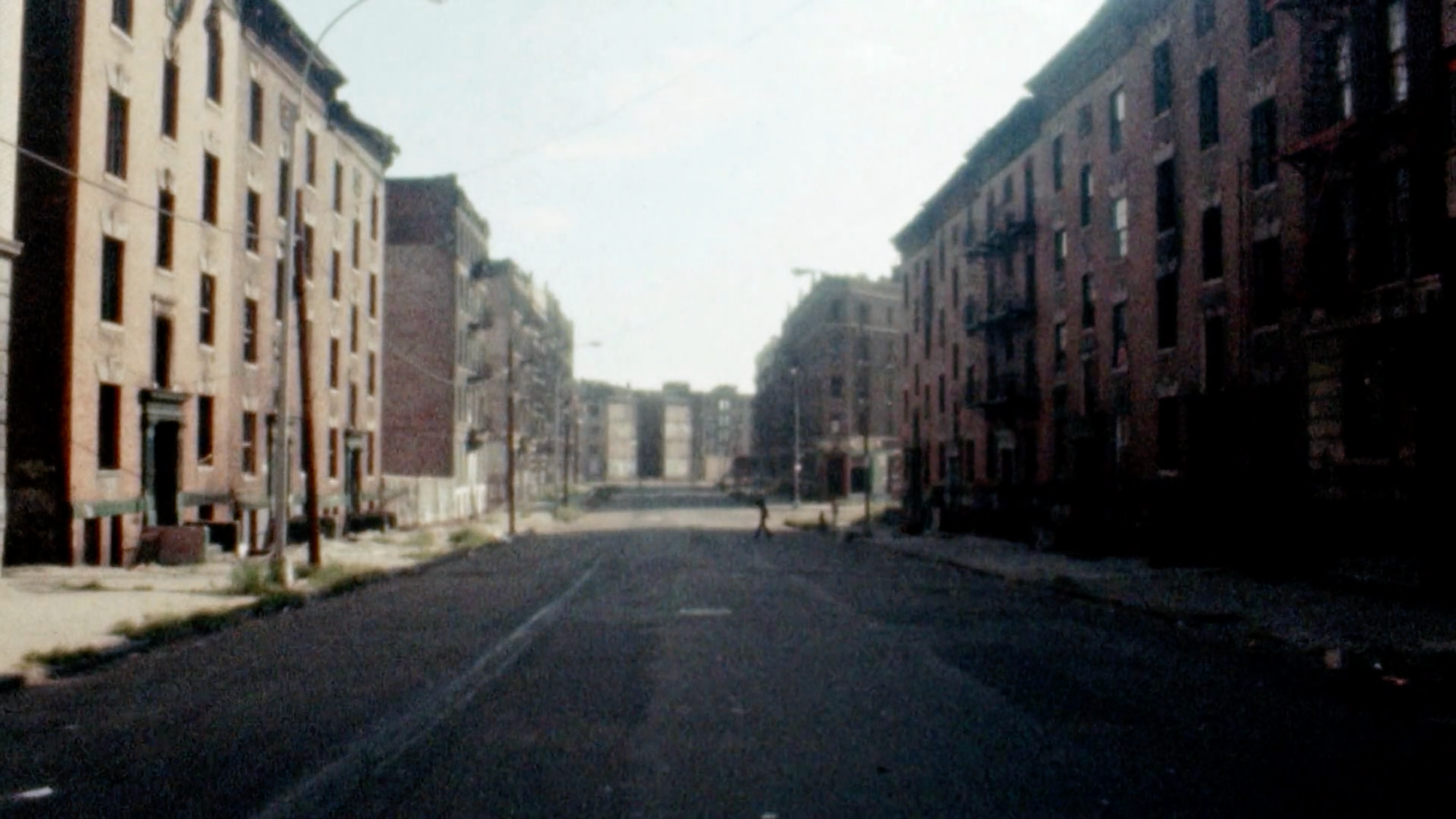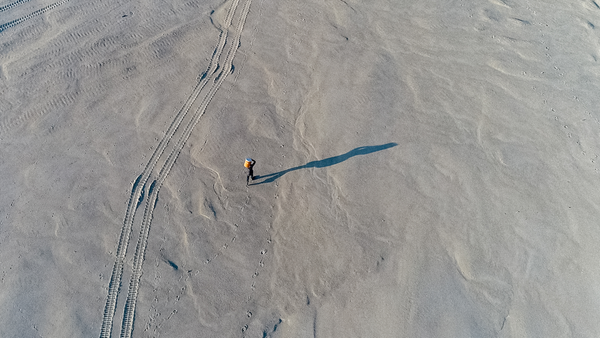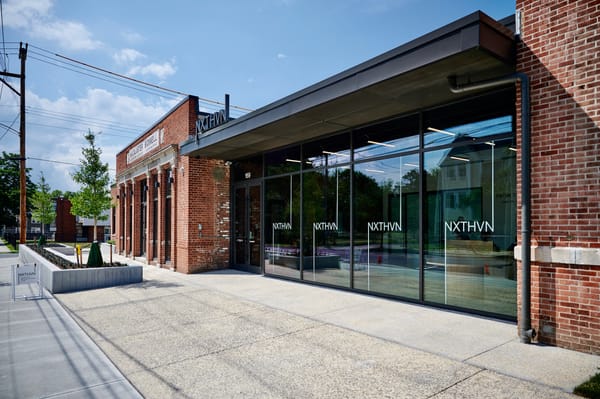How New York Let the Bronx Burn, and How the Borough Survived
The documentary Decade of Fire delves into the wave of arsons that wracked the Bronx in the 1970s.

Families that have been on welfare for three or four generations. Youth gangs. Winos. Junkies. Pimps! Hookers. Maniacs. Cop-killers.
This is how a policeman describes the residents of the South Bronx in the 1981 Paul Newman film Fort Apache, the Bronx. In the movie, shot on location in the Bronx, the officers of the 41st Precinct nickname their place of work “Fort Apache” because it feels like serving in an army outpost on the frontier. When the film was released, African American and Hispanic residents of the Bronx protested it for fueling stereotypes. Gretchen Hildebran and Vivian Vázquez Irizarry’s documentary Decade of Fire contextualizes this anger. At the time, the residents of the South Bronx had persevered through years of incessant arsons. This phenomenon was the direct consequence of Operation Bootstrap in the late 1940s, the racist redlining and urban renewal policies of the 1960s, and New York City’s massive budget cuts of the 1970s. When Fort Apache, the Bronx came out, there were not enough fire marshals in all of NYC to investigate the fires that gutted the South Bronx. It was another year before enough manpower was put into the issue and the area finally stopped burning.
Decade of Fire represents Vázquez Irizarry’s personal quest to fight the stereotypes around the South Bronx (where she grew up) that have been put forth by the government, the news media, and pop culture. It uncovers the ugly nexus of power that stood to gain by standing by and watching the area burn. New York needed the South Bronx to become a “ghetto” in order to instigate its “urban renewal,” a long process of demolishing low-income housing to make way for Lincoln Center, Columbia University housing, and parts of NYU. More than 100,000 people lost their homes and were forced into the South Bronx’s already weak pre-war buildings. So that the rich could become even richer, the area then had to burn and eventually become the dumping ground for the city’s garbage. One of NYC’s most diverse regions was over time reduced to a site of crime and destruction, a transformation facilitated by racist corporations and classist government policies.

The filmmakers strive to celebrate the residents of the South Bronx, their grit and will to survive in the face of government apathy (or as Senator Daniel Patrick Moynihan called it, “benign neglect”). It asserts the pride of belonging to this place, of having stayed on to fight and rebuild. Vázquez Irizarry remembers her neighbors protesting when they started losing their fire stations: “The newspapers called the protests riots, but when I looked outside my window, I saw rebellions.” While officials like Moynihan claimed in a memorandum to Nixon that the Bronx fires were a result of “social pathology,” that youths turned to arson for fun, Decade of Fire argues a different case. The filmmakers speak to old residents, who expose how landlords would pay impoverished young boys and girls to burn down old buildings, so that they could then claim thousands of dollars in insurance. In contrast to the official story that the people of the South Bronx burned down their own neighborhoods, the film stresses that it is only because of their grassroots organizing that the area continues to thrive. “There [were] no fire engines,” one resident says. “We [were] the fire engines.”
The documentary follows a linear chronology as it joins the dots between the fires of the ’70s, the wanton drug possession arrests of the ’80s, the police violence of ’90s, and encroaching gentrification today. It takes us back to a South Bronx that was a radical desegregated neighborhood of immigrants in a segregated city, which breaks with the image of a homogenous ghetto that the media fed us. In one heart-rending scene, Vázquez Irizarry visits the archives of the New York City Fire Department and finds that more than half of the Bronx fires are unmentioned in their records. Decade of Fire is an endeavor to fill in this missing history, not just for the South Bronx, but also for New York and America.
Toward the end, Vázquez Irizarry, who works as a community educator, asks a room full of teenagers if they are proud of being from the Bronx. The answer is a unanimous “Yes.” Creating a social history to be proud of is the first formal step in positioning an identity for the South Bronx in opposition to the way popular culture has defined its people. Vázquez Irizarry stresses that “There is always something the system uses to marginalize and punish the minority.” At least 150,000 people were displaced from the South Bronx throughout the ’70s, and this film is a counter-history lesson to help prevent such a thing from happening again.

Decade of Fire is currently playing at the Maysles Documentary Center (343 Lenox Ave, Harlem). It will be screening at various other venues as well.





